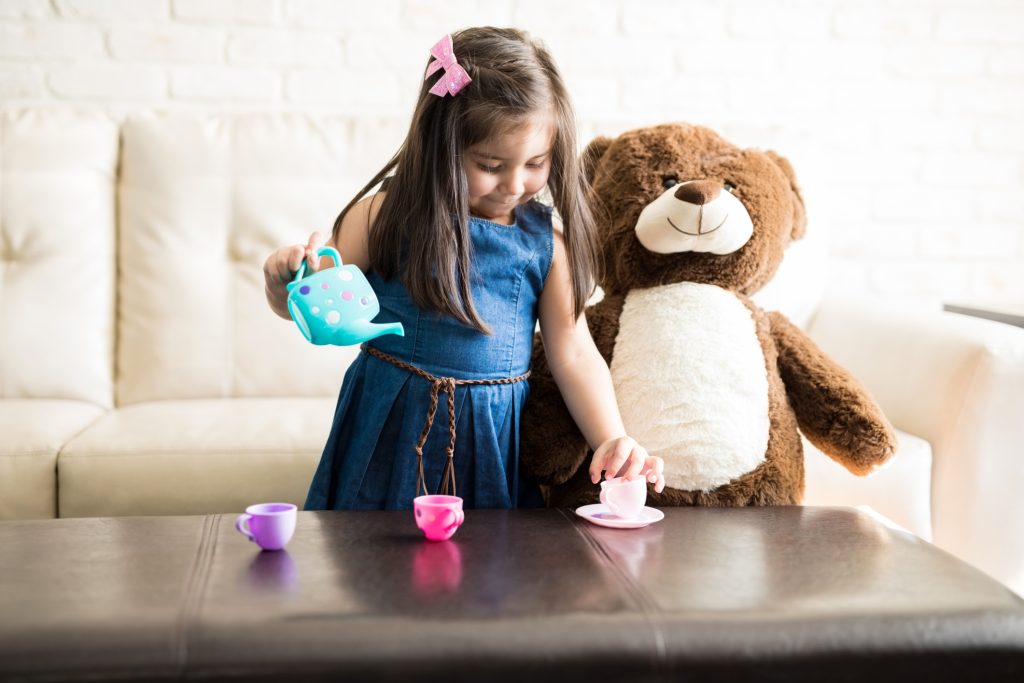Making Room for Imaginary Friends

When our kids hit preschool age, their imaginations begin to grow. As with any developmental stage, there are benefits and disadvantages. An imaginary friend (or friends) may fill a void when there is no one else around to play with. Sometimes the ‘friend’ is a fictional character from a movie or book. The ‘friend’ could also be a unique creation, a younger brother, pet, or playmate with his or her own characteristics and behaviours. You may need to put out an extra chair for ‘Tommy’ or be sure not to leave him on the sidewalk when everyone else has come inside.
What Can We Learn from Imaginary Friends?
It can be informative to hear our children talk about their imaginary friends (or talk to them). Often, we can learn about our children’s feelings when they tell us that ‘Tommy’ is scared of going to the dentist for the first time, or that he doesn’t like playtime at school because other kids push too much.
We can definitely play along with imaginary friends; however, we need to take action when the ‘friend’ gets blamed for misbehaviours, a broken glass, or spilled juice. We can use words like, ‘I expect you to take responsibility when you and Tommy are in the kitchen,’ OR ‘I saw you knock over the juice. What can you do to fix this situation? If you and Tommy cannot be careful, you will need to stay in the playroom.’
By five or six years-old, imaginary friends will fade away, being replaced by real friends. At this point, you may fondly remember ‘Tommy’ as being much more polite and pleasant than some of these new friends. The end of one stage marks the beginning of another.












